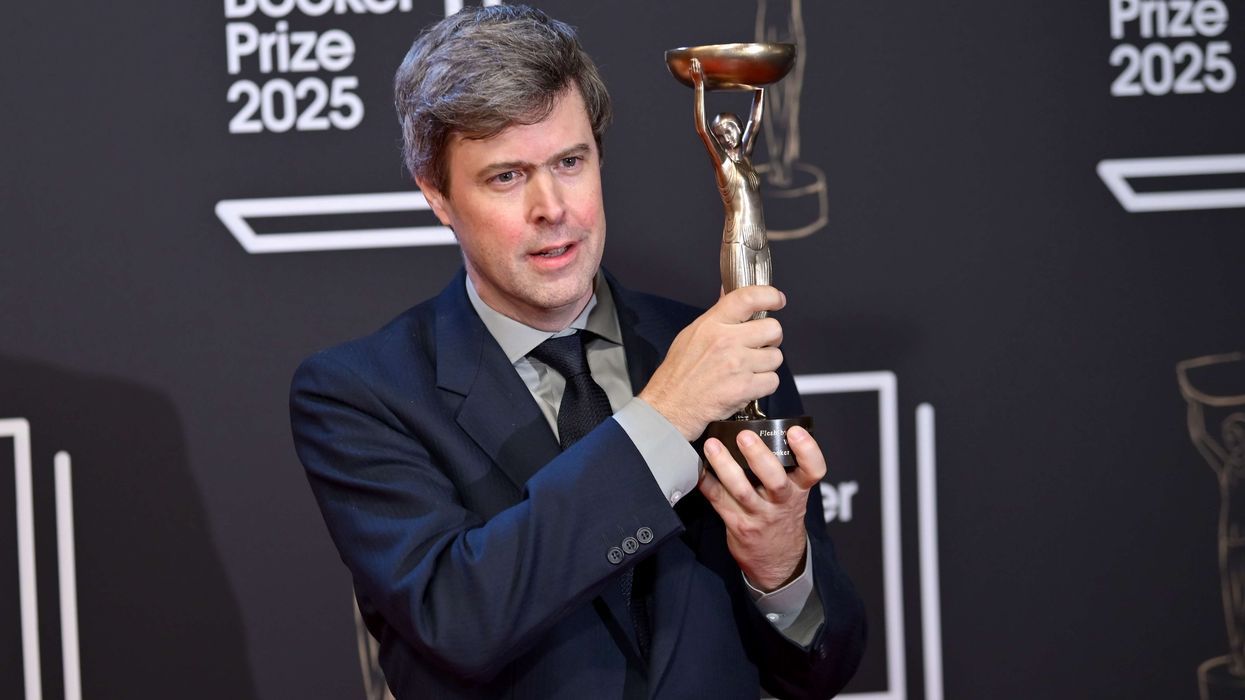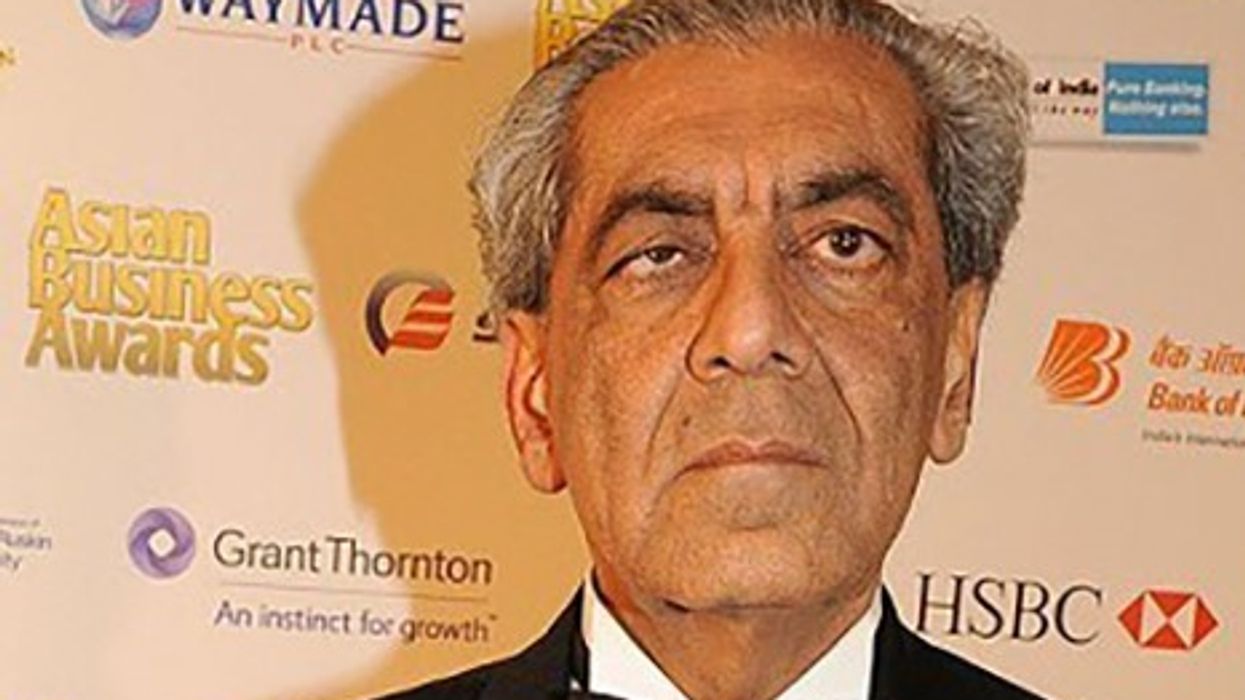The Metropolitan Museum of Art's annual fundraising benefit in New York City, famously known as the Met Gala, is renowned for its glamour and status as the biggest night out in fashion. As expected, the event made a grand return with all its glitz and glamour, but this year's gala was even more spectacular and extravagant, taking place on May 2, 2023.
The theme for the Met Gala 2023 was 'Karl Lagerfeld: A Line of Beauty,' which was announced by the Met during Paris Fashion Week in September. Recently, it was revealed that the gala would honour the late fashion icon, Karl Lagerfeld.
The Met Gala is the most luxurious fashion event in the world, with a red carpet that attracts fashion enthusiasts from all corners of the globe. The guest list is usually dominated by big names from Hollywood, but this year, several Indian celebrities also graced the event, representing India's fashion narrative on the global platform.
Indian celebrities were well represented on the iconic steps of the Met Gala, with Alia Bhatt making her much-anticipated debut at the event. Priyanka Chopra and her husband, Nick Jonas, also made a fashionable appearance, as did Natasha Poonawalla and Isha Ambani. Here is a rundown of the celebrities' looks on the Met Gala 2023 red carpet.
Indian cinema's darling, Alia Bhatt, stunned in a custom-made, Victorian-style gown by Prabal Gurung, adorned with white pearls. With this year's theme being "Karl Lagerfeld: A Line of Beauty," the pearls and glove were a fitting tribute to the late designer. The dress featured a modern, sleek silhouette with a fitted bodice and a floor-length, flowy skirt.

The box-shoulder neckline added a touch of sophistication and elegance, while the structured waistline highlighted Alia's hourglass figure. The ensemble was completed with embellished gloves, matching diamond earrings, and rings.
Priyanka Chopra, known for her role in The Citadel, donned a striking black Valentino gown with a strapless neckline, featuring a large bow at the waist and a daring thigh-high slit. The actress completed her look with platform pumps by Valentino. The showstopper of her ensemble was a two-toned (black-and-white) long cape with ruffled lining and a trail, paying homage to the late German fashion designer's signature style.
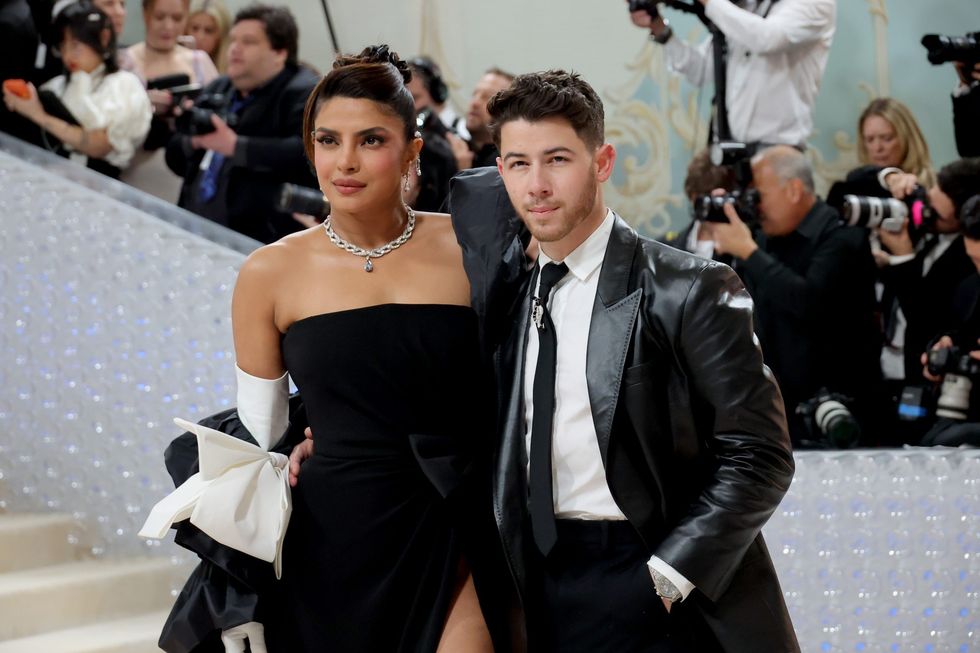
Priyanka accessorised with a bespoke Bulgari piece in Laguna blu diamond, perfectly complementing her gown. Her husband, Nick Jonas, coordinated with her outfit by sporting a black leather suit jacket layered over a crisp white shirt and a studded black tie.
Supermodel Naomi Campbell too made a stylish entrance in a salmon pink 2010 Chanel couture gown with silver sequin and glass bead embroidery, featuring an asymmetrical hemline. Known for her love of Indian sarees, Campbell wrapped the dress like a saree, adding a touch of her personal style to the look.
Comedian and actress Mindy Kaling opted for an accentuated white dress with a corseted silhouette by Jonathan Simkhai. The structured dress was adorned with fringed tassels and a Swarovski embellished straight cut, giving it a dreamy structure.
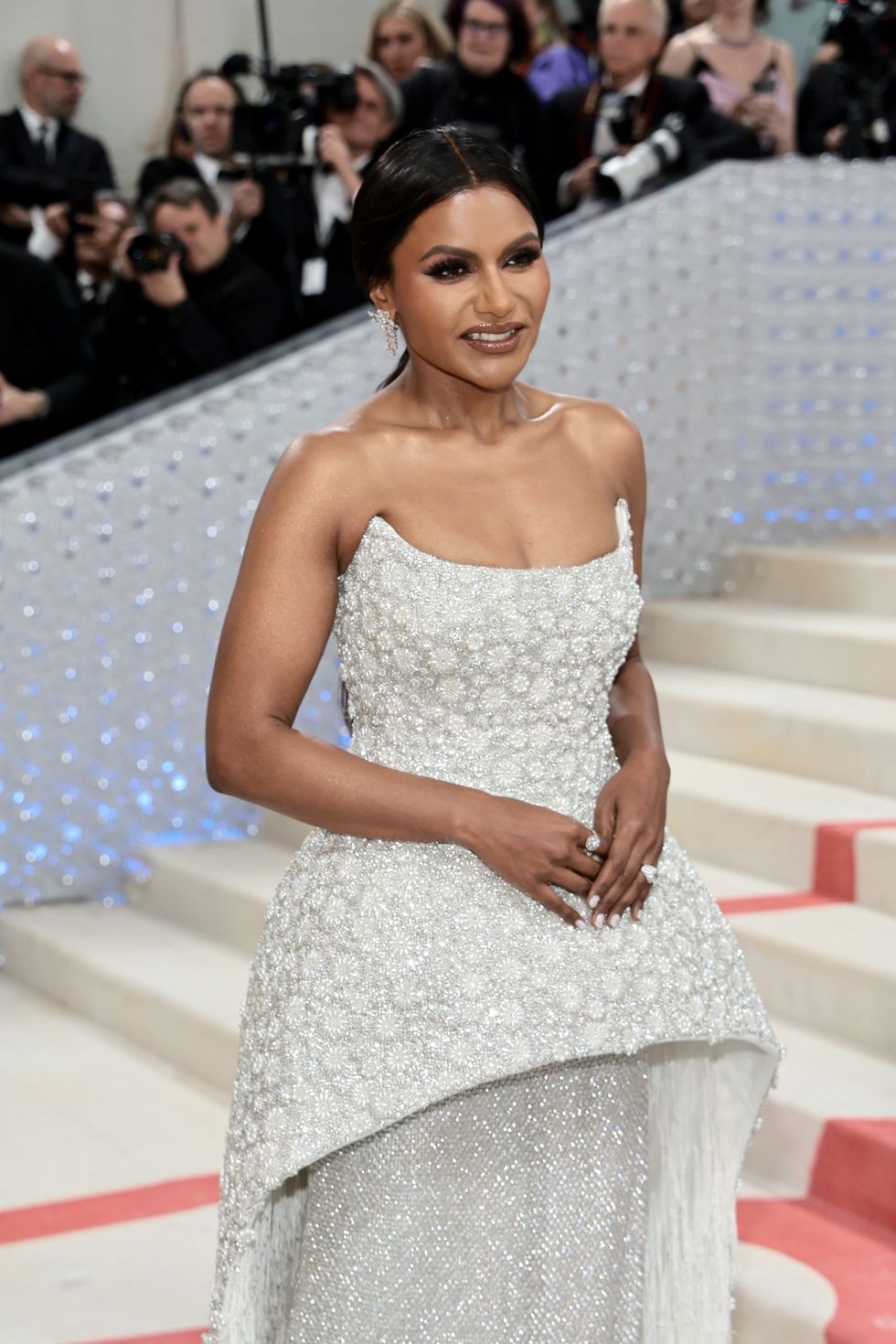
Mindy Kaling also paid tribute to Karl Lagerfeld's design legacy by incorporating floral motifs with a 3D effect, inspired by the pearl concept. To complete her look, Kaling wore dazzling earrings, adding a touch of glamour to her already stunning outfit.
Socialite and fashionista Natasha Poonawalla also arrived at the event in style, sporting a striking structured Schiaparelli gown adorned with mirror-work. She kept her hair in a sleek ponytail and added silver accessories to complement her look.
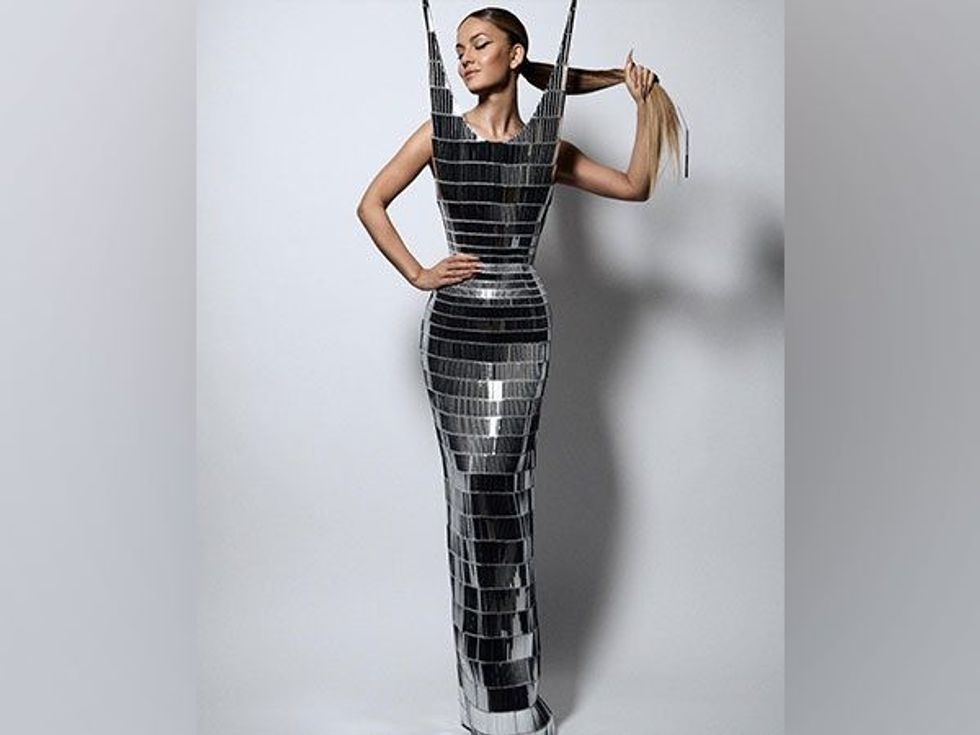
Billionaire Mukesh Ambani's daughter Isha Ambani too walked the red carpet in a stunning Prabal Gurung creation. She wore a black silk saree gown with thousands of hand-embellished crystals and pearls, extending into a floor-length train. The ensemble featured black silk draped over one shoulder, adding a touch of elegance to the look.
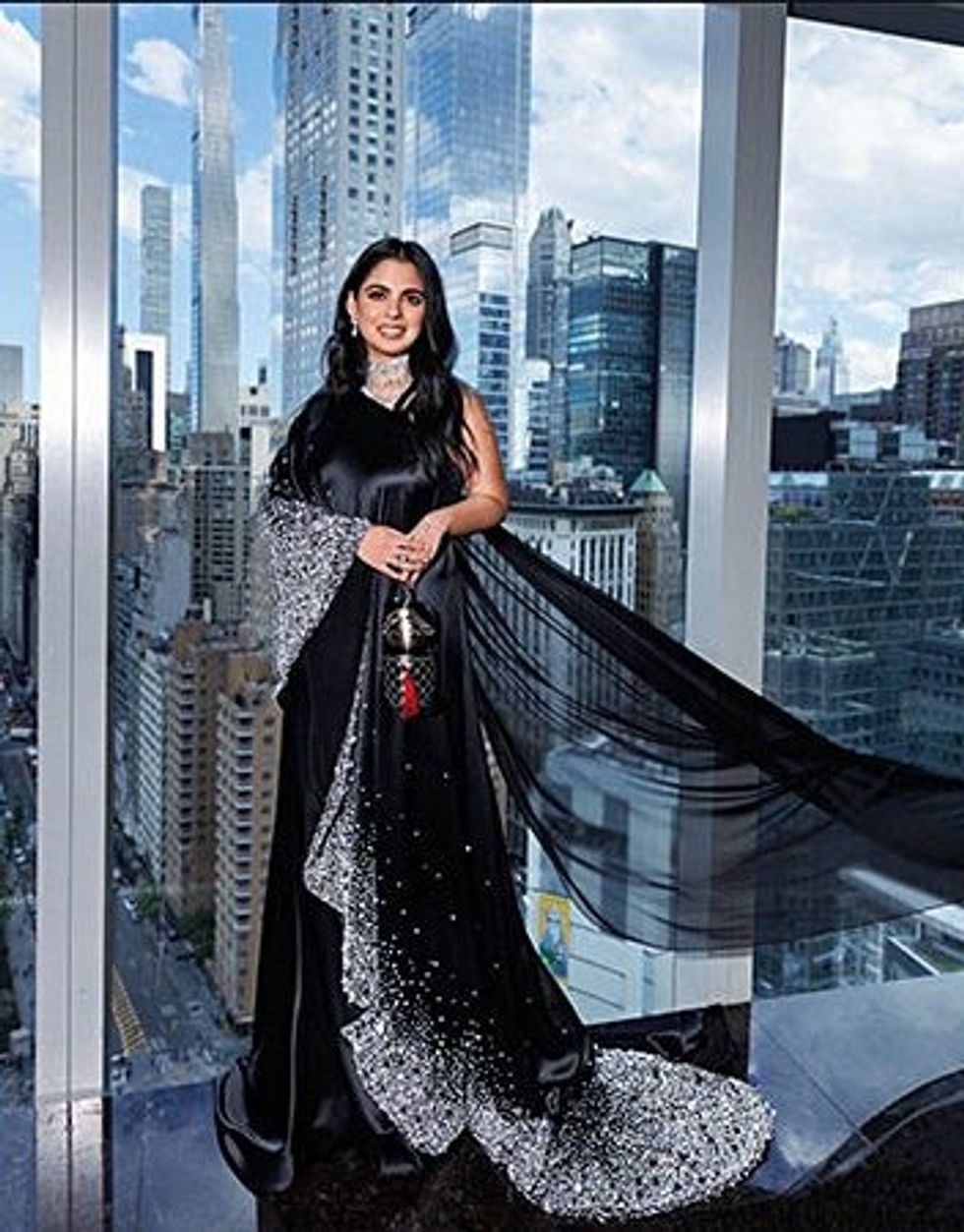
While Huma Abedin opted for a vintage Fendi black, blue, and white gown covered in feathers. The sheer sleeves of her dress were adorned with bold lace appliqués, adding a unique touch to her ensemble.
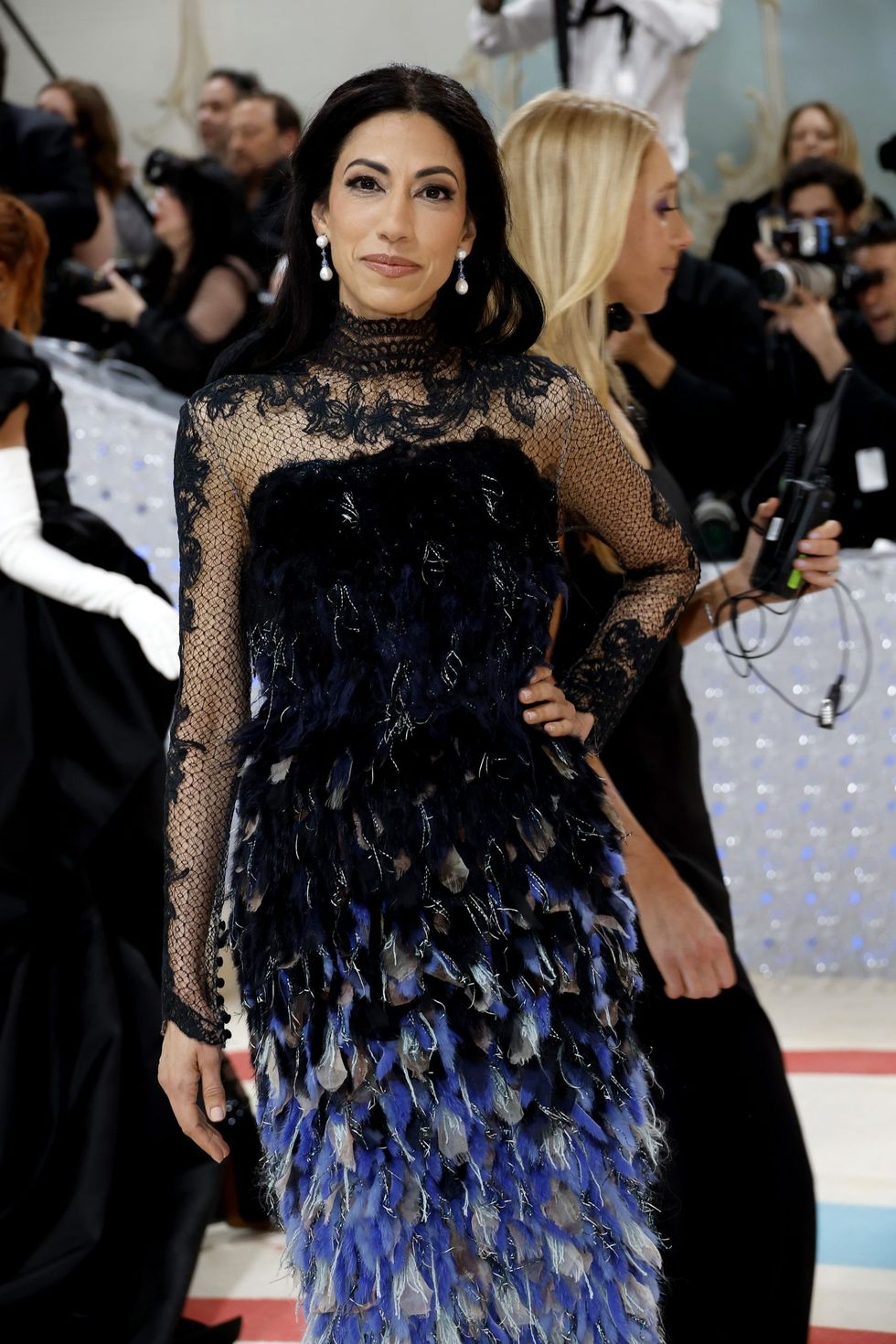
The Met Gala, is a highly anticipated event for celebrities, fashion icons, and New York’s elite society. Held annually on the first Monday in May, guests are expected to dress according to the gala’s theme.
This year’s theme was “In honour of Karl,” paying homage to Karl Lagerfeld, the late fashion icon with a controversial yet undeniable impact on the industry.
As the creative director of Chanel and Fendi, and having worked with numerous other fashion houses over the course of his illustrious career, Lagerfeld was an influential figure in the world of fashion. His legacy continues to inspire designers around the globe.

